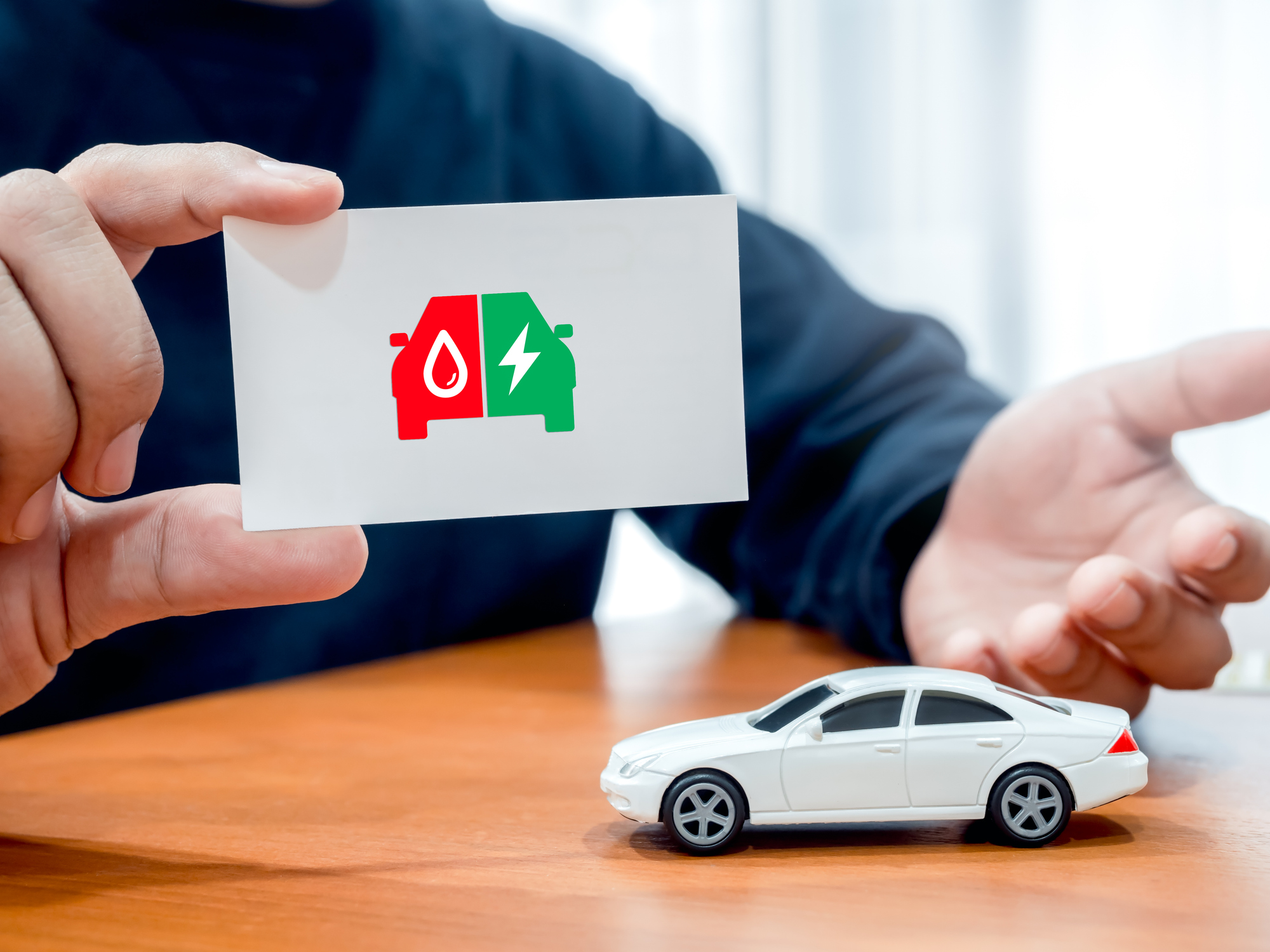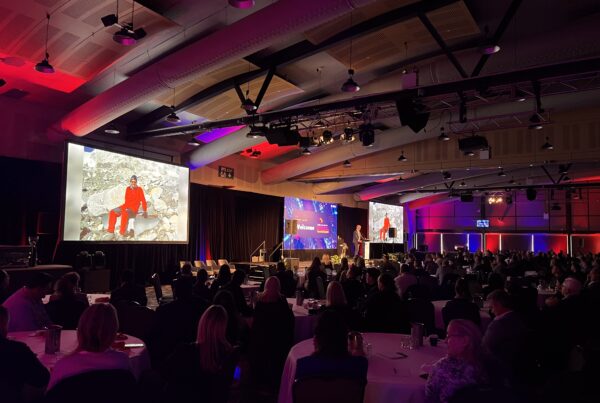A new survey by the National Automotive Leasing and Salary Packaging Association (NALSPA) reveals that plug-in hybrid electric vehicles (PHEVs) are helping Australians drive greener. These vehicles are also facilitating a transition towards fully electric cars. Most PHEV drivers primarily use their vehicles in electric-only mode for their trips. Many are also considering a fully electric car for their next purchase.
“This data quashes the claim that PHEV drivers hardly plug in or hardly use electric-only mode,” said Rohan Martin, NALSPA’s chief executive. “Most PHEV drivers use their cars as electric vehicles most of the time by recharging the battery every night and using EV mode.”
Martin added that PHEVs are “a stepping stone to pure EVs,” as “more than half of PHEV drivers indicate they would now consider buying a BEV for their next car.”
PHEVs as a First Step to Full Electrification
The survey, conducted by JWS Research, asked over 600 PHEV drivers about their habits and choices. It found that 61 per cent chose a PHEV because of the Federal Government’s Fringe Benefits Tax (FBT) exemption. Furtheremore, 90 per cent saying that savings from the tax break made a big difference in their decision.
“Without the FBT exemption, a whole lot of satisfied plug-in hybrid drivers would most likely still be driving less efficient, higher tailpipe emission cars,” said Martin.
The survey also showed that on average, PHEV drivers use electric power for 65 per cent of their trips. 89 per cent are also charging at home at least twice a week. In addition, 57 per cent plugging in every night.
Many drivers are seeing the benefits: they’re saving up to $75 a week on fuel costs. This is a big help as living costs keep going up.
Why Some Drivers Are Not Going Fully Electric Yet
While many PHEV drivers are interested in fully electric cars, some concerns are holding them back.
The survey found that 56 per cent of PHEV drivers worry about the lack of public charging stations. Meanwhile 50 per cent are concerned about the time it takes to charge on the road.
“The reason why they aren’t potentially buying a BEV today is because of range anxiety—they’re worried about the level of charging infrastructure and the time it takes to recharge on the road,” Martin explained.
For those in suburban or rural areas, PHEVs are a good choice. They allow drivers to save on fuel and lower emissions during daily trips. A fuel backup is also available for longer journeys.
“Plug-in hybrid vehicles are particularly attractive to Australians living in the outer suburbs who regularly travel longer distances but still want to drive with less or no tailpipe emissions on their normal daily commute,” Martin said.
Call to Extend the FBT Exemption
PHEV sales have increased by over 120 per cent in the past year. In response, NALSPA is calling for the government to extend the FBT exemption. This exemption is set to end in April. Martin believes this move would help Australians keep car costs down and make cleaner cars more affordable. He also thinks it would assist the country in meeting its climate goals.
“We strongly encourage our nation’s leaders to extend the FBT exemption for PHEVs to help keep car costs down and therefore the cost of living for everyday Australians, reduce air pollution in our communities, and support our national goal of reaching net zero,” he said.
As BEV options in larger vehicles are still limited, PHEVs offer a good alternative for drivers. This is especially true for those who need bigger vehicles like dual-cabs or utes. However, without incentives like the FBT exemption, Martin worries that many Australians will stick with older, higher-emission cars. This would slow progress on climate goals.
“The FBT exemption is also helping more people who earn moderate incomes, and work in essential services like teaching and nursing, to embrace PHEVs,” said Martin. “The exemption is cutting thousands of dollars off the cost of owning and running a PHEV, and drivers are also appreciating the significant savings from reduced fuel consumption.”
PHEVs are giving Australians a cost-effective way to try out electric driving. It is encouraging them to move toward a more sustainable future. Additionally, it is helping the nation take another step toward lowering its carbon emissions.
Did you find this article interesting? Click the ‘heart’ button above to give it a ‘like’!


















